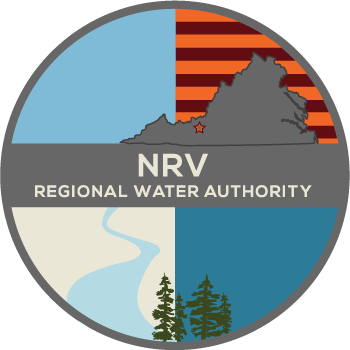Wikipedia defines water treatment and water purification as:
- Water treatment is the industrial-scale processes that makes water more acceptable for an end-use, which may be drinking, industry, or medicine. Water treatment should remove existing water contaminants or reduce their concentration that their water becomes fit for its desired end-use, which may be safely returning used water to the environment.
- Water purification is the removal of contaminants from untreated water to produce drinking water that is pure enough for the most critical of its intended uses, usually for human consumption. Substances that are removed during the process of drinking water treatment include suspended solids, bacteria, algae, viruses, fungi, minerals such as iron, manganese and sulfur, and other chemical pollutants such as fertilizers.
- Measures taken to ensure water quality not only relate to the treatment of the water, but to its conveyance and distribution after treatment as well. It is therefore common practice to have residual disinfectants in the treated water in order to kill any bacteriological contamination during distribution.
Take time to investigate this site so you can better understand how we are able to ensure that the water you consume and use is safe and healthy.
